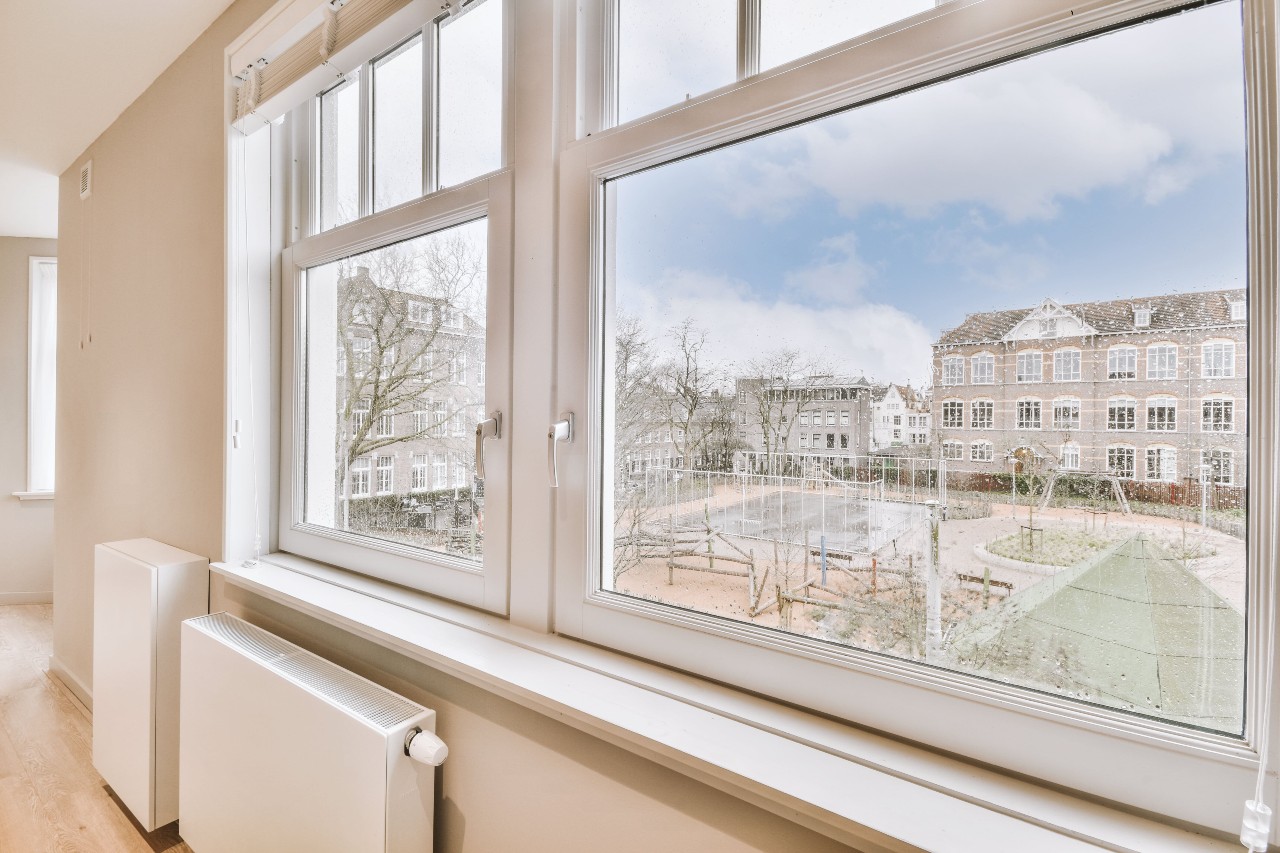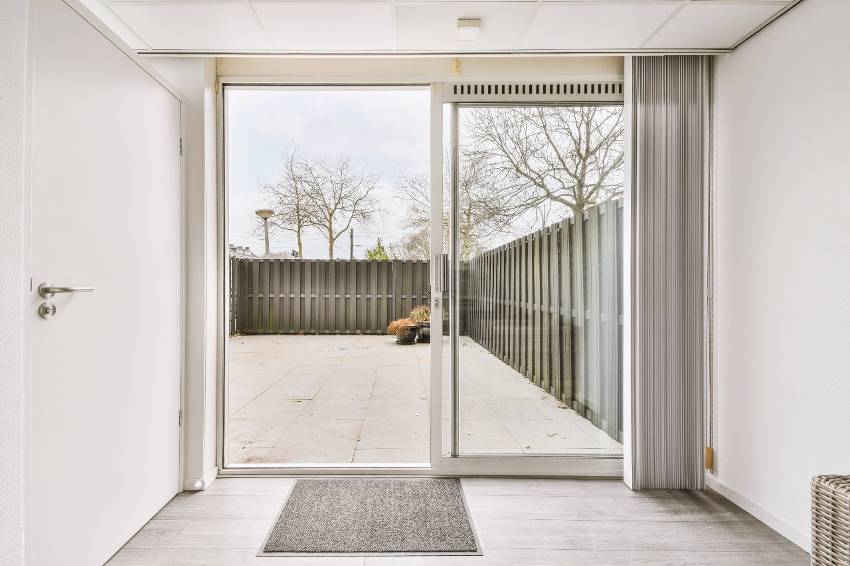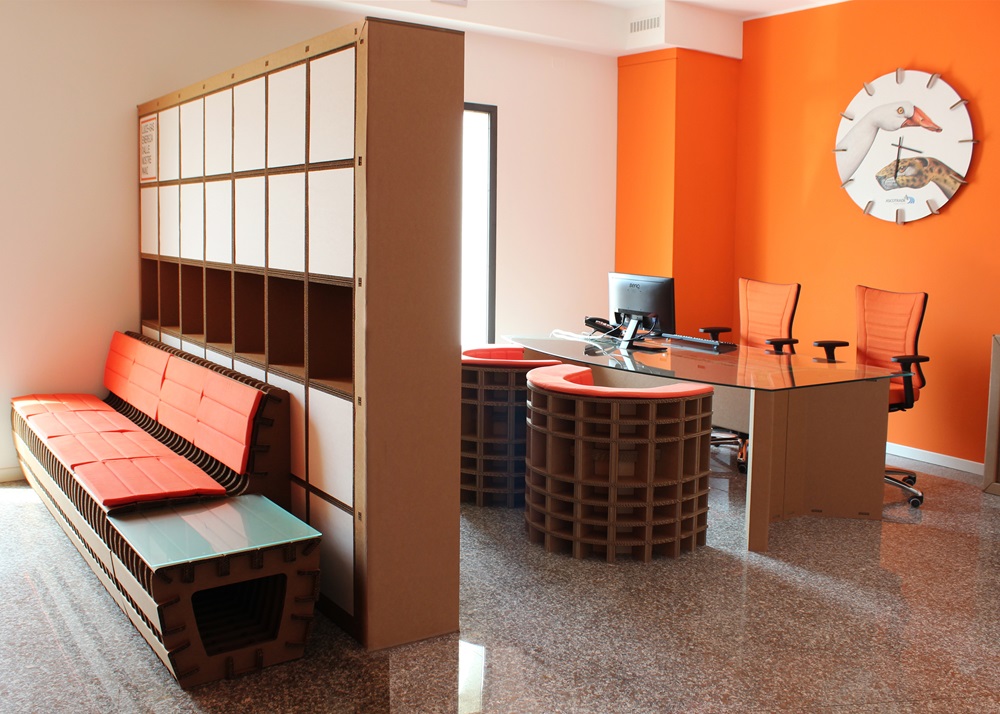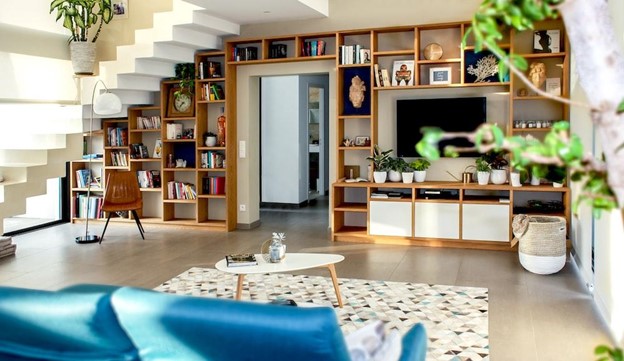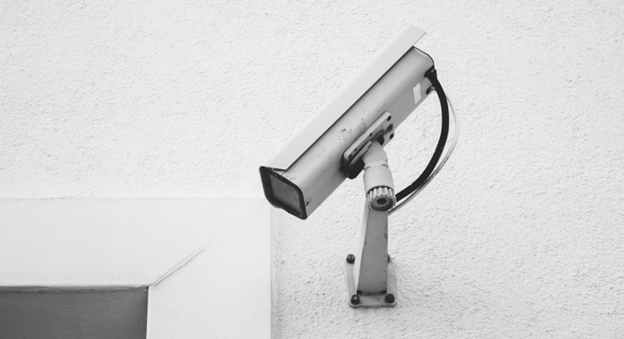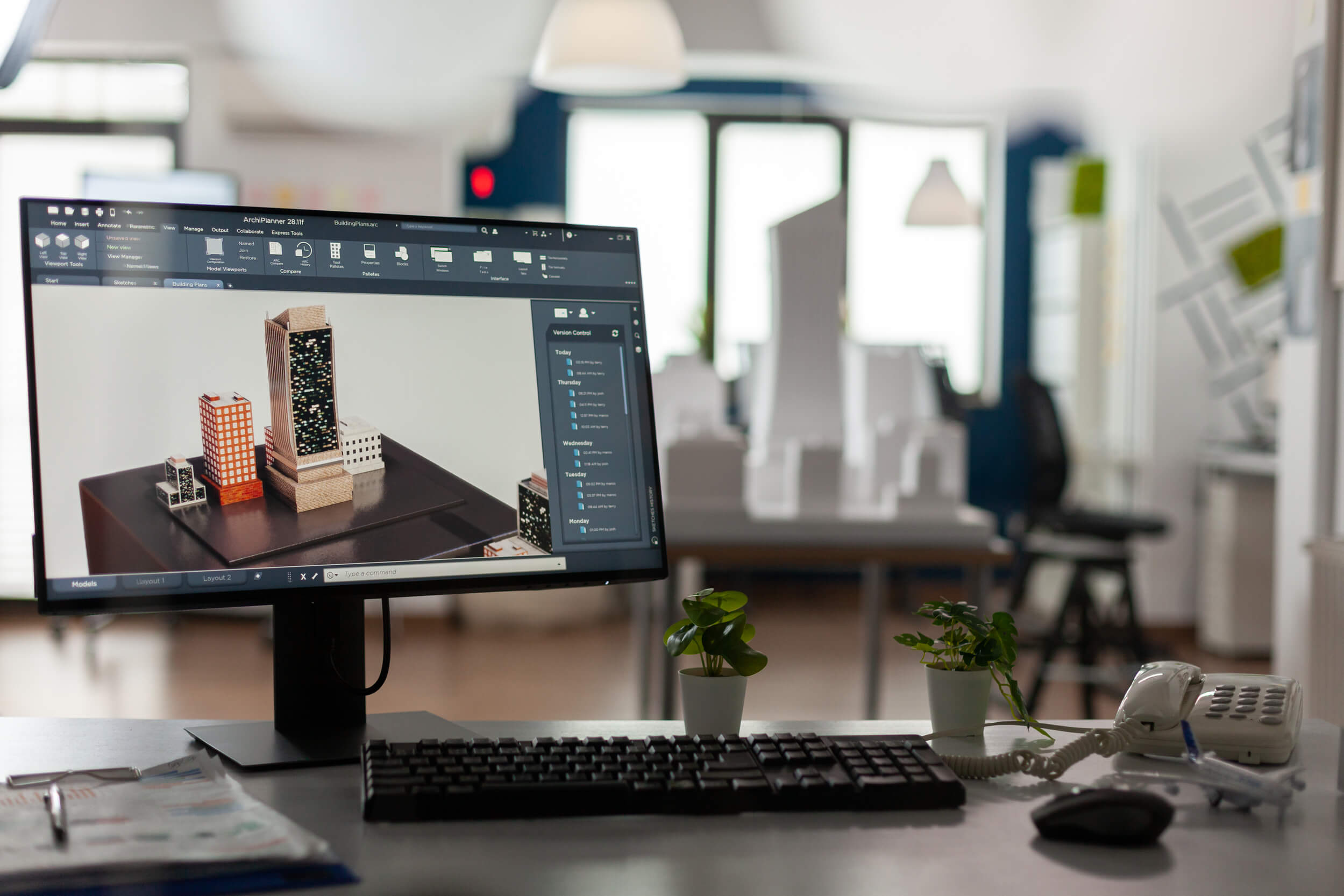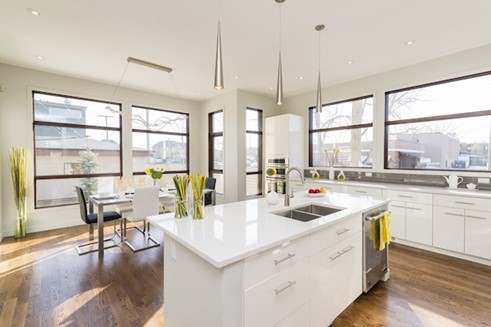Energy Efficiency Improvements to Make to Your Home
Whether you live in a modern detached home or a Victorian terraced house, small energy efficiency improvements can go a long way. In a time of sky-high energy prices, it’s important to cut back on the habits that could cost you a lot of money over time.
But it’s not just your energy use that could be playing a part in the price of your bills. When you take a look at a few changes you could make to your home, you could be saving tens or even hundreds of pounds a year. Here’s how.
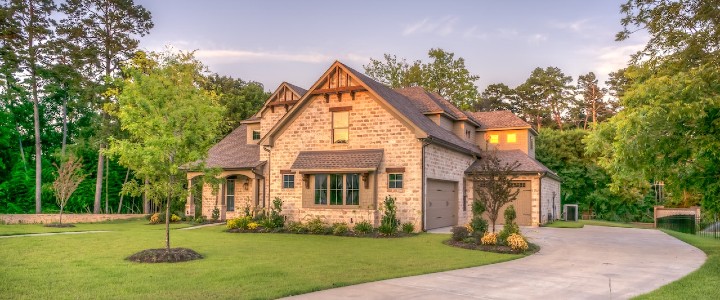
Our top five energy efficiency improvements for your home
Block any draughts
According to the Energy Savings Trust, an uninsulated home will lose approximately a quarter of its heat out of the roof. Insulation has developed over the years and is now a much better quality product than it was in previous eras. But you don’t need to rip out your existing insulation to see an improvement.
Start out by blocking drafts where you can see the obvious gaps. From the letterbox to the gap under the back door, there might be plenty of spots where you could reduce that chilly breeze at night.
And your windows are also important: if you don’t have double glazing, now might be the time to invest. You might need to use reliable Milwaukee tools to make room for draughtproofing structures, but you shouldn’t need to renovate.
Renewable energy
When you create your own energy, you rely less on the grid and become sustainable in a way that is much friendlier for the planet. You don’t need to install expensive technology, but if you do, the benefits could be far-reaching.
Why not consider switching your old gas boiler for an air source heat pump under the Boiler Upgrade Scheme?
The government is willing to help families and businesses with their own renewable energy initiatives. Whether you live alone or in a large family, it’s never too late to start taking a different approach to how you create electricity.
Only use what you need
In the age of consumption, it’s too easy to keep the lights turned on all the time and leave the TV turned on even when you leave the room. But it’s these habits that use up unnecessary electricity and draw power away from shared sources. If everybody was more considerate with how they used electricity, supply would be greater.
You can start by trying to adult habits like turning off the lights whenever you leave the room, or switching of your larger appliances when you’re going away for the weekend. Over time, you could start to see a difference in your energy bills too.
Use recycled materials
This might not affect your energy bills, but using recycled materials at home will help to lower your overall carbon footprint. When you’re constantly buying new devices and equipment made from metals, plastics and mass-produced materials, you’re not only contributing to an unsustainable industry, you’re not making use of what you already have.
Start by looking at the item to use every day. From the laundry basket your clothes, it’s still possible to make a green a choice when you’re next buying things. And if you can, try to upcycle your old clothes and furniture to give it a new lease of life, rather than taking it to the tip.
Install a smart meter
Lastly, even though a smart meter won’t change your price of your electricity, it allows you to keep an eye on your use and plan according to your budget. It can connect to your mobile device, providing you with live metrics and detailed information on how much money you’re spending on electricity and gas.
When you have these figures in mind, you’ll get used to how much it cost to run the appliances you use every day. This could potentially save you a lot of money over the course of the whole year.
Overview
When you can’t make structural changes to your home, there are still a few things you can do to reduce your carbon footprint and save money on your energy bills. And taking on these habits is a positive step towards helping the country achieve its goals to reach net zero by 2050.




